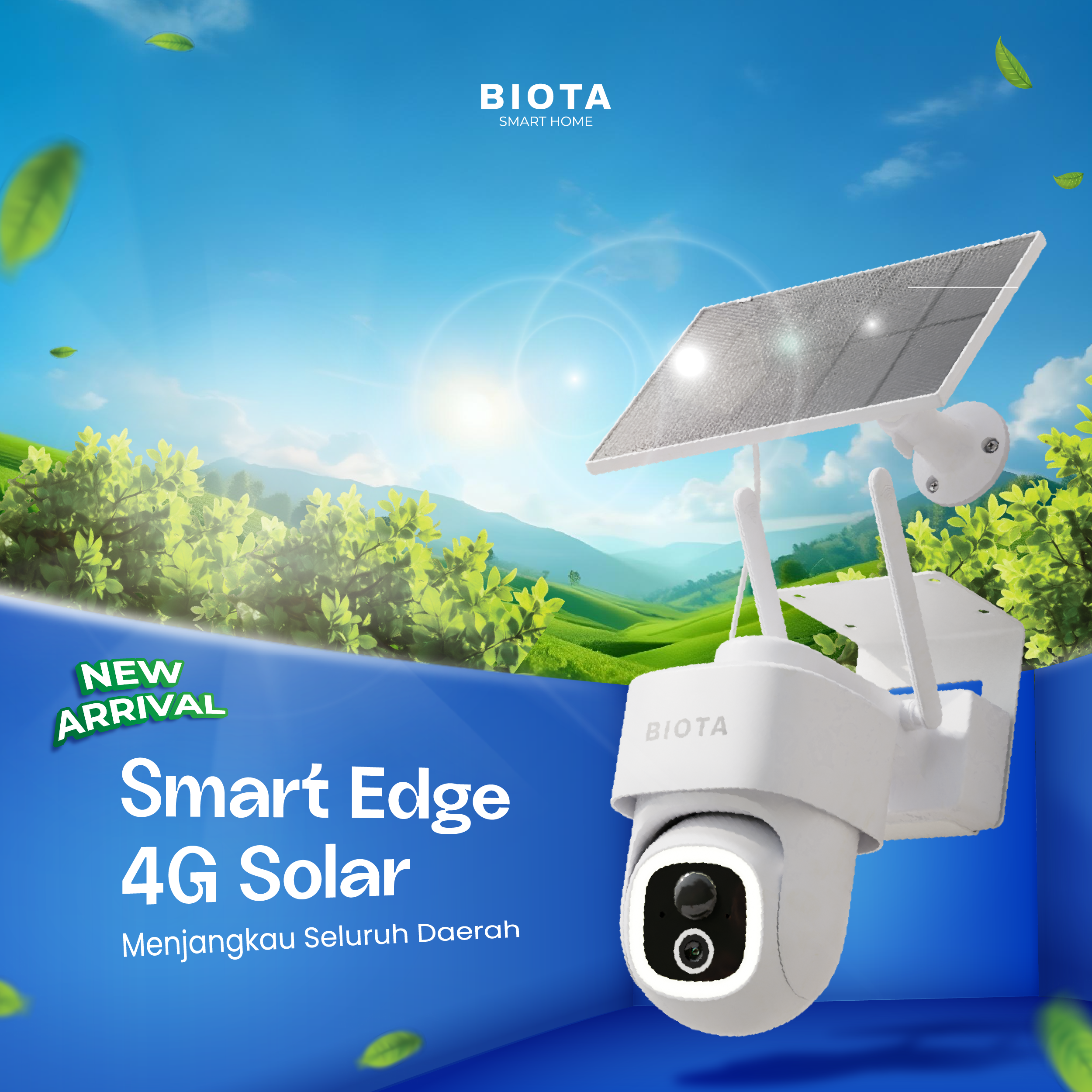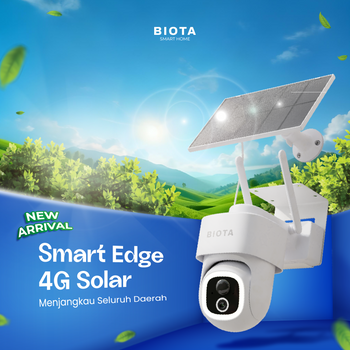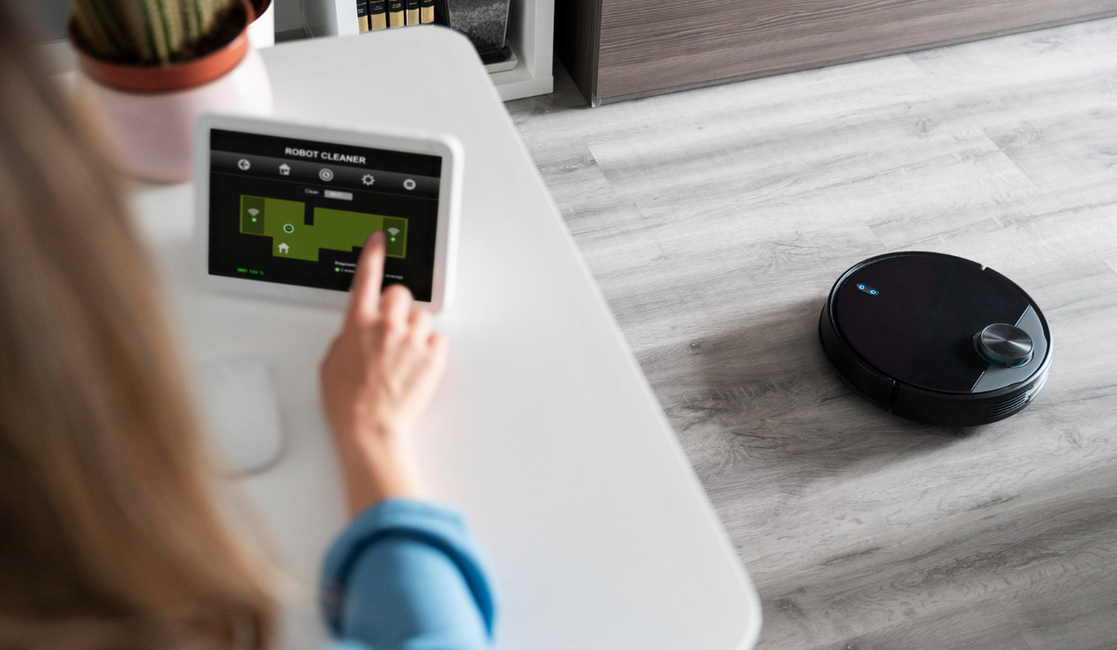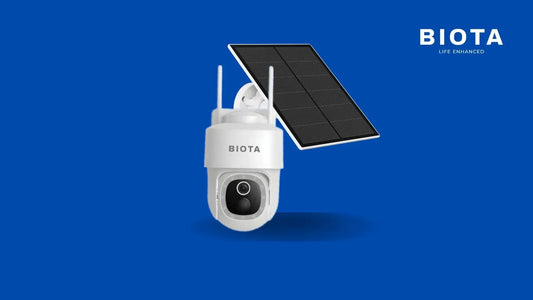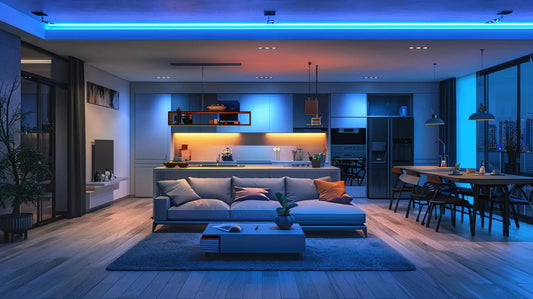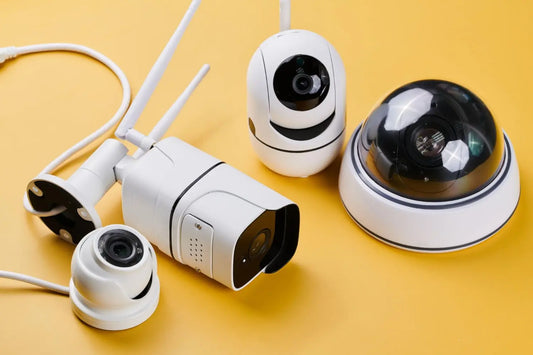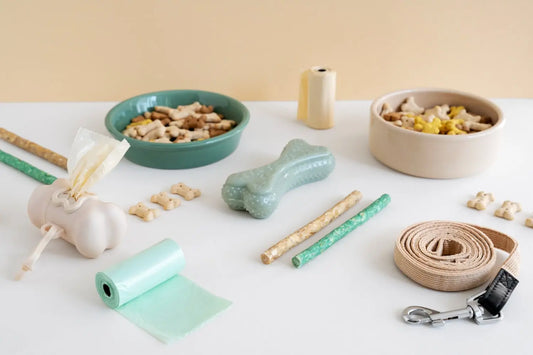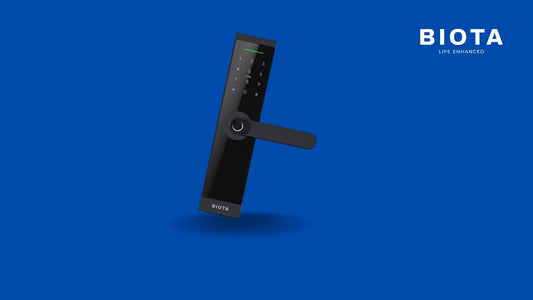The team that always does in-depth research before buying a new phone, let's raise your hands. From watching reviews from your favorite content creators back and forth , comparing specifications and benchmarks , to meditating in Alas Purwo, there is no distance too far or mountain too high to ensure your choice falls on the right smartphone .
Indeed, technology products often require this kind of approach, especially if you are a layman. So is smart home technology , because even though the price is more affordable, there are still some things you must consider before using smart home technology , you know!
The development of smart home technology
Smart home technology is one of the branches of technology that has experienced rapid progress in recent years. From the increasing number of examples of smart home technology that you can now recover to the increasingly deep level of customization, smart home technology has become more mature.
This maturation process has successfully made smart home technology more accessible , so you will not be short of choices. Unfortunately, the growth of the smart home market also makes it somewhat difficult for new users to determine the starting point for exploring the potential of smart home technology .
Considerations before using smart home technology
Well, that's the basis for this article. For those of you who are still confused about determining which smart home example is right or whether your residence is ready to accommodate smartphone technology , the following list of things to consider before using smart home technology is guaranteed to lead you on the right path!
1. Smart home technology requires a stable wifi network. 
Image by macrovector on Freepik
Although many examples of smart home products now can use alternative communication methods such as Bluetooth or Zigbee, wifi remains the number one choice. So, new users must have a stable wifi network , especially in the location or room where you plan to install the smart home product in question.
This is especially important if you plan to install a smart camera or smart doorbell to keep your home safe. In addition to the installation location of these two devices which are usually quite far from the router , video transmission also requires more bandwidth than other smart devices.
If you are currently still using a default router from a provider that has mediocre quality, you should consider a personal router . For those with a fairly large property, a mesh router that can spread wifi signals in more than one place can effectively reach all corners of the house.
2. Don't buy smart home technology in bulk
Just as breaking the fast should start with takjil , the transformation to smart home technology should also start with small things . The main advantage of a smart home system is its ability to be adapted to personal routines, but this process takes time and trial & error , not to mention the considerable cost of a total transformation.
As with any new technology, there will be a learning curve when using smart home technology . The length of this learning curve will also depend on the type of smart home product you want to use.
For example, using a smart light that can change the color and intensity of light depending on activity and time of day may be quite simple. But using a smart motion sensor that can be combined with other smart devices depending on whether there are people in the room will be much more complex.
3. Smart home technologies have different interoperability
While not as severe as the divide that separates Android and iOS users, the sheer number of ecosystems in smart home technology can also be divisive . Being loyal to one ecosystem is the best solution, but if you happen to crave a product from a different ecosystem, there are a few
Thanks to the development of smart home technology , fortunately now interoperability between ecosystems has increased. For example, the BIOTA Smart Home product is compatible with several other ecosystems such as Google Home and Samsung SmartThings, so that operation is not limited to the BIOTA application alone.
This interoperability is still limited, so there are some features that are only available in the BIOTA application. However, for those of you who want to have more freedom when using smart home technology , it's a good idea to check the compatibility of the smart home products you want to use before checking out .
4. Determine the main purpose of using smart home technology.

Image by Freepik
When starting a home improvement project , you should have an objective in mind, and smart homes are no different. With the many benefits of smart homes , it is highly recommended that you determine what you want from your smart home system before rushing to checkout .
For example, if you want to really dive into home automation technology , a device like a smart motion sensor is a must-have in your shopping cart . When combined with other devices, a smart motion sensor has quite complex capabilities, such as turning on smart lights when someone enters the room.
It’s a different story if your main goal is to save more energy , where products like smart plugs will be more appropriate . Smart plugs are the perfect product to reduce the impact of so-called vampire devices, which are devices like electric kettles, washing machines, and electric ovens, which continue to suck up energy even when they are not turned on.
5. Smart home technology is ideal for the long term
It's called smart home technology , not smart rental. So don't be surprised if this technology is ideal for those who already have a permanent residence , especially for products whose installation sometimes requires remodeling of electrical wiring such as smart switches .
It should be noted that this does not mean that those who are still renting cannot enjoy smart home technology , it's just that you have to be wiser in choosing products. Focus on products that are simple to install, such as smart plugs, which can be a solution, or on products that do use batteries .
For example, when looking for a doorbell, try to find a smart wireless doorbell that uses batteries so that the installation and moving process is not complicated. Also, make sure the SSID or wifi network name you use remains the same between the old and new locations, so you don't have to repeat the pairing process for your smart device later.
Preparing to use smart home technology
Smart home technology has come a long way since the early 2010s, and smart homes have become much more affordable and easy to use. However, technology is not completely plug & play , there are certainly some considerations and limitations that you must consider first.
Well, as long as you can answer the questions or considerations above, it means you are ready to transform your residence into a smart home . With products designed to be user-friendly, BIOTA Smart Home is definitely the right companion for you!
Cover image adapted from Freepik